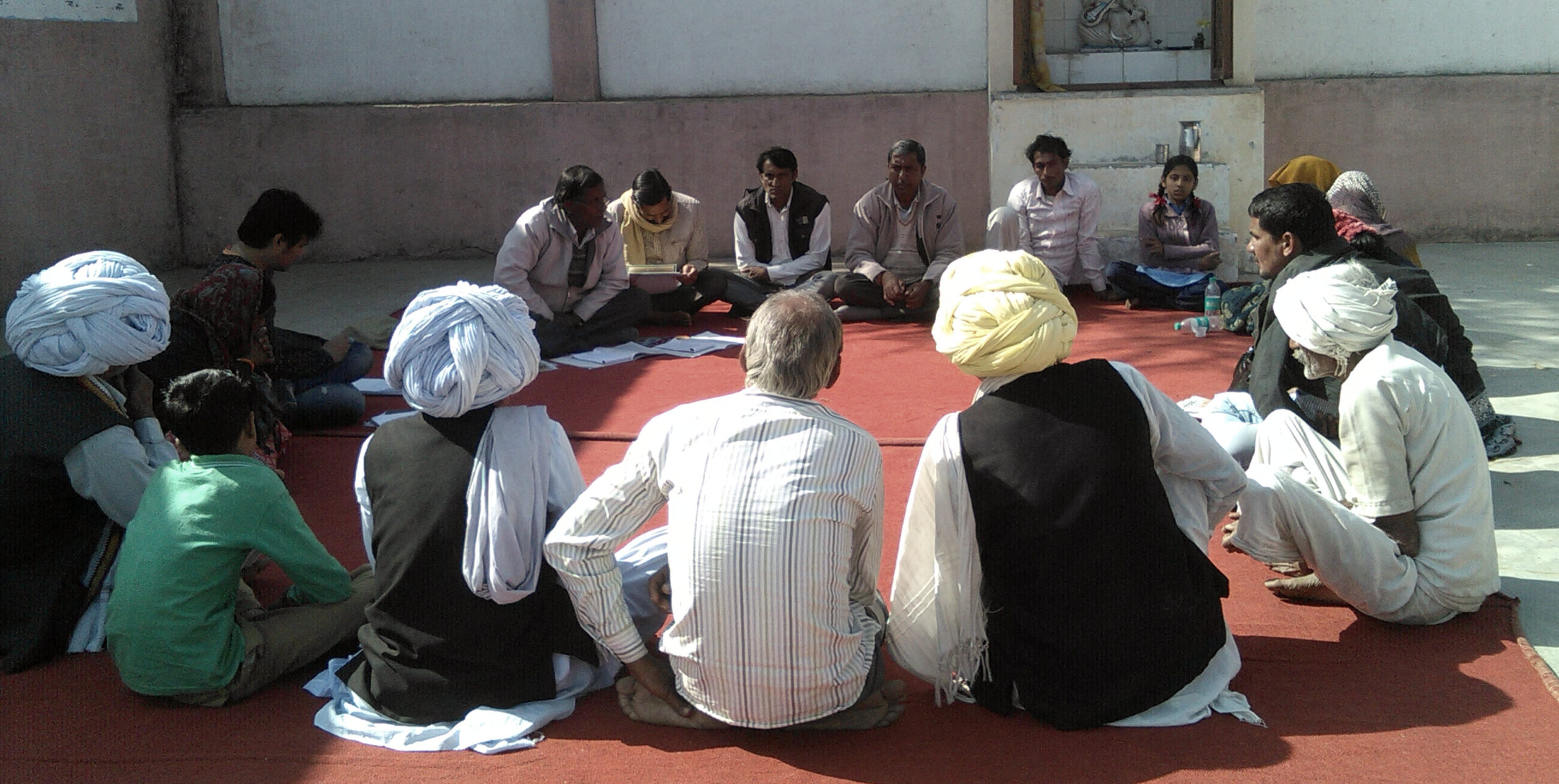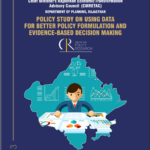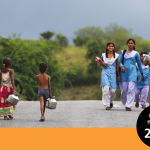
ACCOUNTABILITY INITIATIVE (AI) AND SCHOOL MANAGEMENT COMMITTEES (SMC)
1 January 1970
AI’s determination to work with SMCs follows from its foundational beliefs on what accountability is and what is required to make it work. Our understanding of this is a mature environment for accountability when decision makers are informed, service providers are responsive and citizens are empowered. Hence any recommendations made by us are always going to be about how to repair them where they are broken, create them where they do not exist. Additionally, to find out what is working where they exist and how to strengthen them. The model that we are building to work with SMCs today, addresses all three nodes and the links between them.
The 2006, Jaunpur study (Pratham) found that development outcomes could not be improved by just putting local participatory bodies in place. Variables like the preparedness of Village Education Committees, apathy of the public on the state of education remained variables that needed addressing for participation to become effective.
This reinforced the approach that AI was thinking of taking, and our interventions became focused on the ongoing and enduring lag between planning and local implementation. Our idea is to empower communities such that their participation could restructure the planning process and increase accountability. With this in mind, we tried to generate demand in Parent Teacher Associations and Panchayats in Madhya Pradesh in 2009-10 and learnt three things.
Two reinforced what others had learnt:
PTAs needed support to participate and the local administration needed support to accept this participation. We also found that even if both parties were enabled and empowered to participate, they could not possibly do so as the primary role of the SMC – which is to monitor quality is tied to its role as a fiscal monitor. However, the money that they needed to monitor did not arrive on time. On further investigation, we found it was not being disbursed on time.
This started our PAISA studies through which we explored how funds flowed through the system, what the communities and schools had to work with and how and to what extent planning could be effective despite these constraints. In 2010-11, with Pratham in Hyderabad, we developed simple, almost language-free tools that empowered SMCs to become aware of their fiscal responsibilities, to assess and prioritise school needs, trace spent and unspent grants, formulate an effective School Development Plan and monitor it. The SMC manuals of Madhya Pradesh, Himachal Pradesh and Maharashtra have borrowed from these.
Since 2014 we have been taking our understanding back to SMCs – to hopefully close the gap we found in 2009-10. Through our program: Hamara Paisa Hamara School, we share the results of the PAISA studies in the schools covered by the survey:
- What money was allocated and received?
- Periods of allocation
- Were the schools needs and priorities met?
- What were the related outcomes of the school?
We found repeatedly that there was a lack of sustained interest in education in the SMC members. They lack the capacity to mobilise and plan school development. They needed support to participate and learn the importance to create institutional linkages with district administration and the government training mechanism. We found that the system does not have the preparation to listen, even as it is legally required to, propelling us to build a strategy to sustain these linkages.
 Moreover, the system does not support the role of the SMCs as the fund-flow which is central to their functioning face systemic difficulties.
Moreover, the system does not support the role of the SMCs as the fund-flow which is central to their functioning face systemic difficulties.
Less than 1% of the Elementary Education budget actually reaches schools in the form of school grants. In themselves the grants have a limited usefulness, because they are tied to specific instructions on how they can be spent.
 They are also consistently late, making it difficult for stakeholders to spend them.
They are also consistently late, making it difficult for stakeholders to spend them.
In India, in both 2012 and 2014, less than 50% of Maintenance and School Development Grants were received by schools after half the financial year was over. In 2014, this was less than 50% of a reduced total (total being 80% of the Maintenance Grantand 68% of the School Development Grant).
In Nalanda, in 2012-13, till the month of July, schools received 5-6% of the three grants to schools. A larger chunk was released in September and then most in November – more than half way after the financial year was over. Thus making 20% of the Teaching Learning Material Grant, 15% of the School Development Grant and 29% of the SMG grant withdraw after the financial year.
This is something to think about as the money that we are speaking of funds basic classroom implements like chalk, dusters, electricity and drinking water.
From 2009-13, Nalanda received most of its funds for civil works between October and December leaving little to do thereafter. It takes approximately 15 months to build a classroom, not to mention the 3 months it takes to start work on that building.
This, (money not being received, being delayed, the unpredictability and lack of control) makes the idea of an active local participation in planning, allocation and monitoring moot. So while, for instance, in Nalanda in 2013, only 30% of the 99% SMCs in schools prepared an SDP; only in 67% of those 30% were SMC members involved in creating the SDP. You cannot help thinking, what the point might be?
Read more about our work with SMCs and the challenges in taking this foward in Part 2 of our blog – click here.
Pritha Ghosh is Programme Lead: Strategy and Implementation, at Accountability Initiative. Her role is to develop a strategic implementation vision and plan for Accountability Initiative’s work at the state and district level with a view to ensure that Accountability Initiative’s research translates in to a reform agenda on the ground.


 Less than 1% of the Elementary Education budget actually reaches schools in the form of school grants. In themselves the grants have a limited usefulness, because they are tied to specific instructions on how they can be spent.
Less than 1% of the Elementary Education budget actually reaches schools in the form of school grants. In themselves the grants have a limited usefulness, because they are tied to specific instructions on how they can be spent. 


